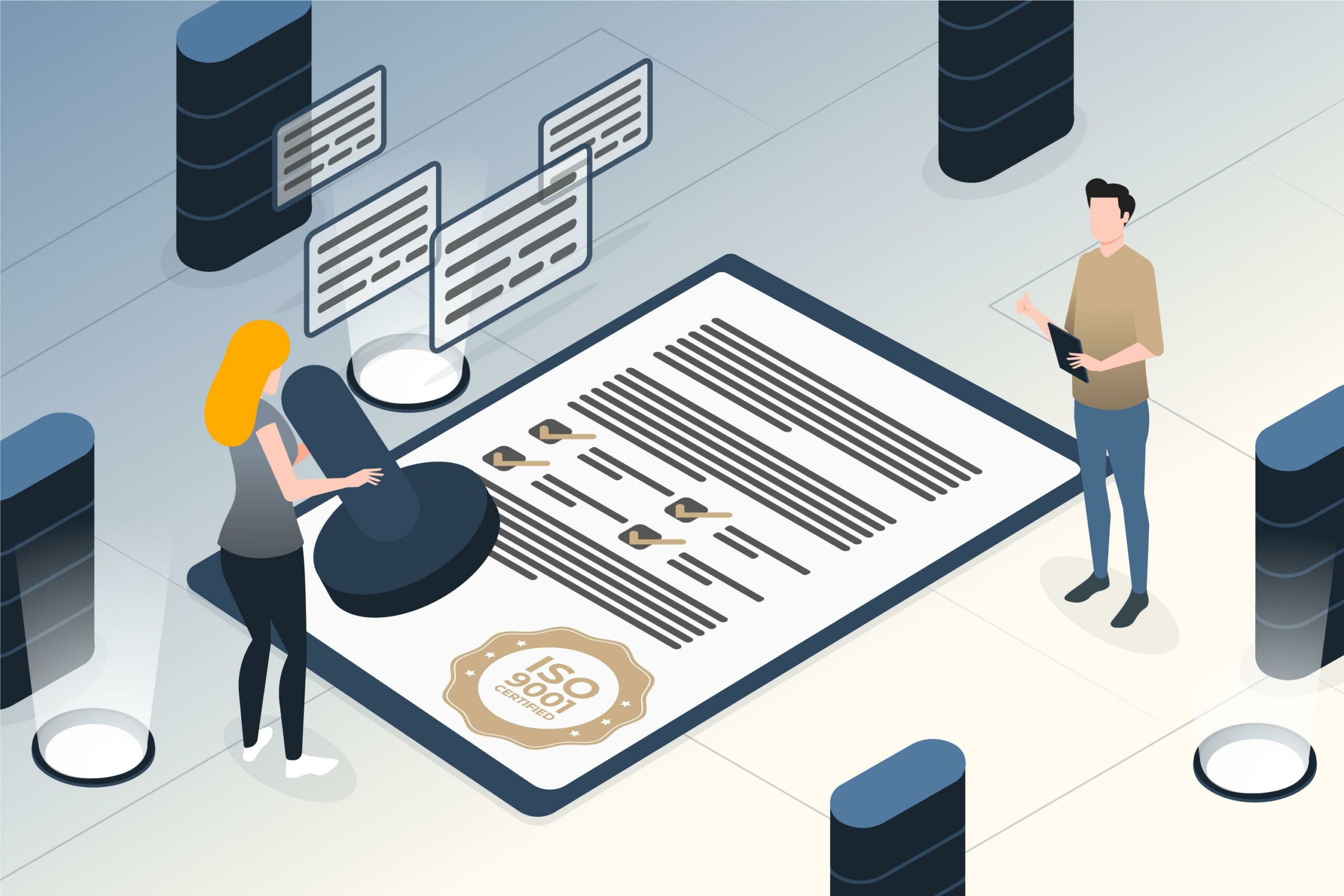
ITIL 4 supposes in the context of evolving technology, such as the widespread adoption of cloud computing, the shift towards agile work methodologies, and changing customer preferences for digital services, the pace of IT change has accelerated to seconds, hours, and days rather than traditional timelines of weeks, months, and years.
Organizations today require a support system that aligns with this rapid rate of change. In response to this need, the ITIL 4 practice of Change Enablement has emerged, distinct from traditional Change Management. Change Enablement is oriented toward facilitating and supporting changes rather than merely preventing them.
Traditionally, Change Management, often associated with the Change Advisory Board (CAB), was perceived as a hindrance to change. In contrast, Change Enablement retains control and risk management elements but focuses on enabling changes in a controlled manner. It establishes guardrails to accommodate changes at the pace dictated by business demand, acknowledging the importance of maintaining a stable environment for delivering high-quality services.
However, in the Agile/DevOps landscape, how do risk assessment, change authorization, and the management of the change schedule retain their significance?
Managing Change = Caring about Customer Value
In large organizations, numerous dependencies exist among teams and technologies. Products often depend on platforms, which, in turn, may rely on external service providers. From the customer’s perspective, the primary concern is a well-functioning end-to-end service, with little interest in technical intricacies and limited tolerance for service degradation.
While some technology changes may have minimal impact on other teams and services, involving only a single team’s analysis, scheduled work, and results delivery, in most cases, the impact is likely to be customer-facing. Change should be felt by customers, as the ultimate goal is improvement rather than creating problems. This principle applies to platforms and products as well, necessitating coordinated change management when affecting other teams.
In agile product development environments, where agreed business-focused change roadmaps and priorities are discussed, many changes can be automated. Automation, when implemented effectively, ensures quality tracking and identifies issues before deployment or release. In the context of customer value, experience, predictability, managing dependencies, and minimizing disruptions, change enablement plays a crucial role. While all service providers have change enablement processes, the key is to execute them effectively.
ITIL 4 Practitioner: Change Enablement
Engaging in the study and certification of the ITIL 4 Practitioner: Change Enablement practice, a component of the ITIL 4 Specialist: Plan, Implement, and Control combined practice module, enhances practitioners’ capabilities. It enables them to develop a holistic view, comprehend end-to-end value streams, and navigate unfamiliar situations with multiple uncertainties. Additionally, practitioners refine their expertise in risk management, dependency mapping, tooling selection, automation design, stakeholder management, and collaboration with a focus on delivering value.
Complementing other practices in ITIL 4 Specialist: Plan, Implement, and Control
The ability to conceive and provide services essential to a business is supported by various ITIL 4 practices, including Service Configuration Management (which tracks the relationships between configuration items and potential impacts of change) and Release Management/Deployment Management (which guides the transition from design to release and coordinates with other releases for optimal customer benefit).
However, these concepts are all overseen by Change Enablement as a comprehensive practice. Changes occurring at different levels and in various parts of the organization must align to deliver the expected benefits and, ideally, delight customers rather than cause disruptions.
Change Enablement is centered on the outcomes of change; understanding why specific changes are planned and establishing a mechanism from ideation to delivery with guardrails to streamline execution. Even if release/deployment occurs later in the workflow, the Change Enablement practice looks ahead at the entire lifecycle to ensure each stage is considered from the outset.
This practice applies to all types of change in the organization, including new software features, implementing service management practices, adjusting funding activities, etc. Not all changes in the service provider’s organization are technical in nature.
Practice success factors – why?
Practice Success Factors (PSFs) are crucial in ensuring that a practitioner effectively employs an ITIL practice. Let’s delve into the significance of each of the four PSFs in Change Enablement:
1. Changes realized in a timely/effective manner
The speed of change, pursued solely for its own sake, is not necessarily an objective in the Change Enablement practice. Instead, changes should occur at a pace that aligns with the organization’s needs and objectives. The practice emphasizes determining the necessary pace and ensures that controls and other facilitating factors are aligned accordingly. For instance, it discourages the premature introduction of changes into a live environment before it becomes necessary. The focus is on optimizing speed in line with business demand to avoid the wasteful allocation of resources.
2. Minimizing the negative impacts of change
A service provider must aim to minimize any adverse impacts of change on customers. Customers should perceive change as predominantly beneficial and free from unnecessary inconvenience. The primary responsibility of the service provider is to deliver a delightful service experience and manage risks effectively so that customers are spared from any negative consequences.
3. ITIL 4 Ensures stakeholder satisfaction
Simply executing technical changes proficiently is insufficient if it fails to align with stakeholder objectives. The satisfaction of stakeholders with the platform, technology, release, and functionality is important. This understanding is only possible if you have identified and comprehended the potential value for stakeholders and have successfully implemented change that aligns with their needs.
4. ITIL 4 Meets change-related governance/compliance
Several controls and procedures are in place not only to facilitate the seamless delivery of change but also to ensure that organizations, like banks, adhere to external rules and regulations. The Change Enablement practice plays a crucial role in streamlining the implementation of controls necessary to address these compliance aspects.
In essence, the Change Enablement practice empowers service management professionals to navigate the multitude of, at times conflicting, stakeholder requirements. It aids in supporting change initiatives that lead to the intended outcomes for the organization.
Learn more and get certified in ITIL here.
Here at CourseMonster, we know how hard it may be to find the right time and funds for training. We provide effective training programs that enable you to select the training option that best meets the demands of your company.
For more information, please get in touch with one of our course advisers today or contact us at training@coursemonster.com










